Home>Garden Essentials>How Much Grass Seed Do I Need For 1,000 Square Feet
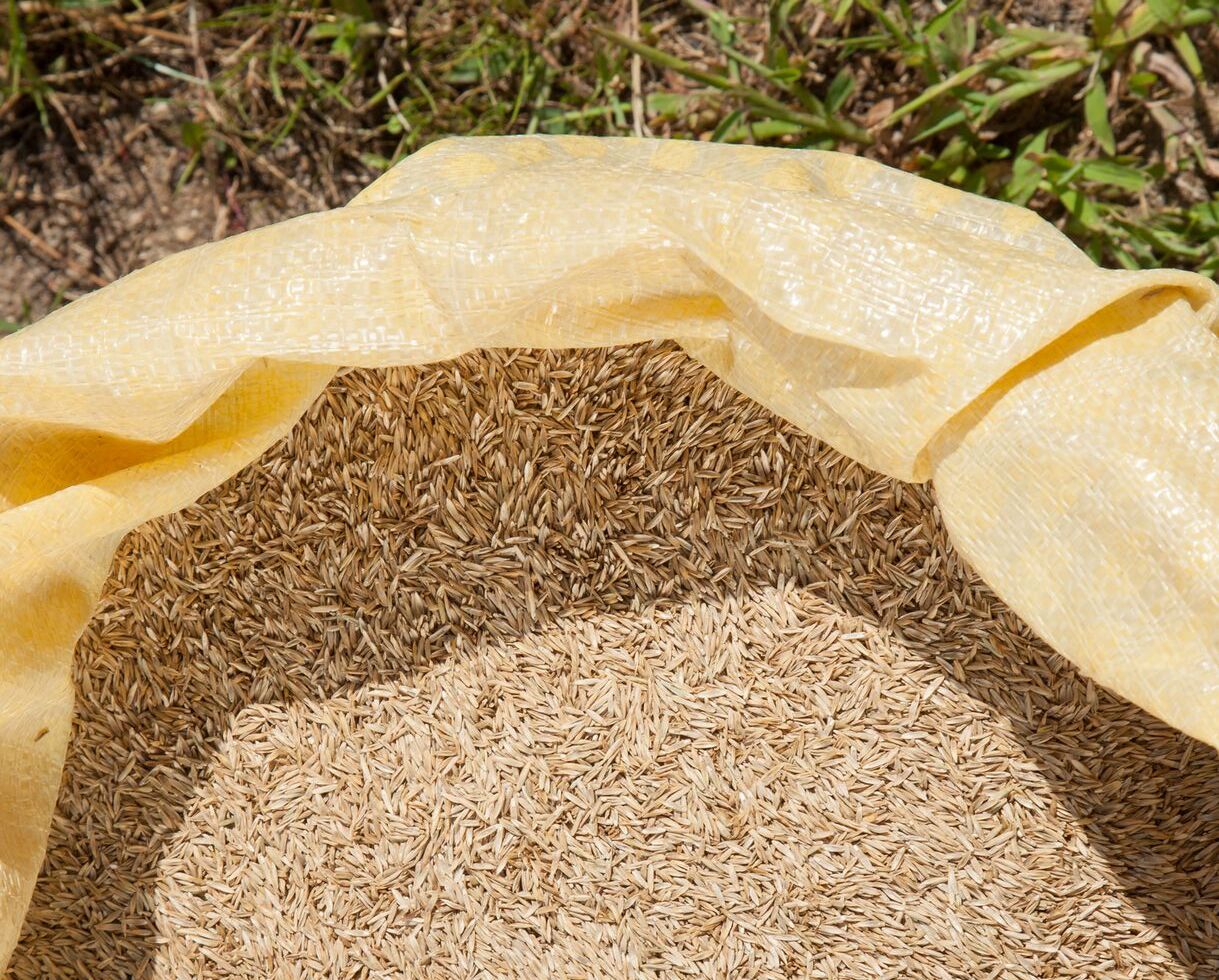

Garden Essentials
How Much Grass Seed Do I Need For 1,000 Square Feet
Modified: March 24, 2024
Find out how much grass seed you need for your 1,000 square feet garden. Calculate the accurate amount to ensure a lush and thriving lawn.
(Many of the links in this article redirect to a specific reviewed product. Your purchase of these products through affiliate links helps to generate commission for Storables.com, at no extra cost. Learn more)
Introduction
When it comes to creating a lush and vibrant lawn, one of the key elements is the grass seed. Whether you are starting a new lawn from scratch or overseeding an existing one, knowing how much grass seed is needed for a specific area is crucial. This knowledge ensures that you have the right amount of seed to achieve optimal coverage and growth.
Choosing the right grass seed and determining the correct amount for your lawn can have a significant impact on its overall health and appearance. The right amount of grass seed helps to establish a dense and healthy turf, while insufficient or excessive seeding can result in patchy areas and uneven growth.
By understanding the factors that affect grass seed coverage and calculating the appropriate seed rates, you can make informed decisions and achieve the desired results for your lawn.
Factors Affecting Grass Seed Calculation
Several factors come into play when determining how much grass seed you need for a specific area. These factors include:
- Grass Type: Different types of grasses have varying seed requirements. For example, fine fescue grasses typically require less seed compared to Bermuda grass.
- Seeding Method: The method you choose to sow the grass seed, such as using a spreader or broadcasting by hand, can affect the amount of seed needed.
- Soil Conditions: The condition of your soil, including its fertility and texture, can influence the seed rate. Poor soil may require a higher seed rate to compensate for lower germination rates.
- Climate: The climate of your region plays a role in grass seed germination and growth. Hot and dry climates may require higher seed rates to ensure successful establishment.
By taking these factors into account, you can determine the appropriate amount of grass seed needed for your lawn.
Key Takeaways:
- Calculate the right amount of grass seed by considering factors like grass type, seeding method, soil conditions, and climate for a healthy lawn.
- Measure your lawn accurately and follow recommended seed rates based on grass type, desired thickness, and area conditions for successful grass seed establishment.
Factors Affecting Grass Seed Calculation
When it comes to determining the amount of grass seed needed for a 1,000 square foot area, several factors come into play. Understanding these factors is crucial in ensuring successful grass seed establishment and a healthy, thriving lawn.
Grass Type: Different types of grasses have different seed requirements. Some grass species, such as Bermuda grass, have smaller seeds that require less quantity per square foot. On the other hand, grass varieties like Kentucky bluegrass may require a higher seed rate due to the larger size of their seeds.
Seeding Method: The method you choose to sow the grass seed can affect the amount needed. When using a spreader, you have more control over the even distribution of seed, allowing for a lower overall seed rate. Hand-broadcasting, however, may result in uneven dispersion of seeds, necessitating a slightly higher seed rate to compensate for patchy areas.
Soil Conditions: The condition of your soil also plays a role in determining the appropriate seed rate. If you have nutrient-rich soil with good water retention, the grass seeds may have higher germination rates, allowing for a lower seed rate. However, in poor-quality soil, you may need to increase the seed rate to account for lower germination and establishment rates.
Climate: The climate of your region is another important factor to consider when calculating grass seed requirements. In areas with hot and dry climates, you may need to increase the seed rate to compensate for the higher evaporation and potential for seedling mortality due to heat stress. Conversely, in cooler regions with higher moisture levels, a lower seed rate may be sufficient.
By carefully evaluating these factors, you can make informed decisions about the amount of grass seed needed for a 1,000 square foot area. It is important to strike a balance between achieving adequate coverage and avoiding excessive seed use or wastage.
Next, we will discuss the formula used to calculate grass seed coverage and provide recommended seed rates based on the type of grass you choose.
Determining Grass Seed Coverage
Calculating the right amount of grass seed for your lawn requires an understanding of the formula used to determine coverage and the accurate measurement of the square footage of your area.
Formula for Grass Seed Coverage: The formula used to calculate grass seed coverage is as follows:
Seed Rate (lbs/1,000 sq ft) = Desired Seeding Rate (lbs/sq ft) x Area (in sq ft)
The desired seeding rate is the amount of seed you want to sow per square foot of the area. This rate varies depending on factors such as grass type, soil conditions, and personal preferences. The area should be measured in square feet to ensure accurate calculations.
Measuring and Calculating Square Footage: To measure the square footage of your lawn, follow these steps:
- Clear the area of any debris, including rocks, branches, and other obstacles that may interfere with accurate measurement.
- Use a measuring tape to determine the length and width of the area. If your lawn is irregularly shaped, break it down into smaller sections and measure them individually.
- Multiply the length by the width to calculate the square footage of each section. If you have multiple sections, add their square footages together to get the total area.
Once you have measured the square footage, you can plug the numbers into the formula mentioned earlier and calculate the seed rate required for your lawn.
It is important to note that the seed rate is typically provided by seed manufacturers and is specific to the grass type. It is recommended to refer to the packaging or consult with experts to ensure you are using the correct seed rate for optimal results.
Next, we will discuss the recommended grass seed rates for different types of grass to further assist you in determining the appropriate amount of seed for your lawn.
Recommended Grass Seed Rates
When it comes to determining the appropriate amount of grass seed for your lawn, it is helpful to have an understanding of the recommended seed rates for different types of grass. These rates vary depending on the desired thickness of the lawn and the specific conditions of your area.
Overview of Recommended Grass Seed Rates:
1. Warm-Season Grasses: Warm-season grasses like Bermuda grass, Zoysia grass, and Bahiagrass typically require lower seed rates compared to cool-season grasses. A seed rate of around 0.5 to 1 pound per 1,000 square feet is often recommended for warm-season grasses.
2. Cool-Season Grasses: Cool-season grasses like Kentucky bluegrass, perennial ryegrass, and fescue varieties generally require higher seed rates to achieve optimal coverage. The recommended seed rate for cool-season grasses ranges from 2 to 6 pounds per 1,000 square feet, depending on the desired thickness and conditions.
Factors Affecting Seed Rates:
1. Desired Thickness: If you desire a thick and dense lawn, you may want to aim for a higher seed rate within the recommended range. This will help ensure sufficient seed coverage for a lush turf.
2. Conditions of the Area: Factors such as shade, soil quality, and moisture levels can affect seed germination and establishment. In areas with less sunlight or poor soil conditions, it may be necessary to increase the seed rate to compensate for lower success rates.
It is important to note that these recommended seed rates serve as a general guideline. Always refer to the specific recommendations provided by seed manufacturers or consult with local lawn care experts for the most accurate and suitable seed rates for your specific grass type and conditions.
In the next section, we will provide a step-by-step example calculation to demonstrate how you can determine the amount of grass seed needed for a 1,000 square foot area.
For overseeding, use 3-5 pounds of grass seed per 1,000 square feet. For new lawn, use 8-10 pounds per 1,000 square feet.
Example Calculation
Let’s walk through a step-by-step example to demonstrate how you can calculate the amount of grass seed required for a 1,000 square foot area:
- Determine the desired seeding rate for your grass type. For this example, let’s assume you are using a cool-season grass with a recommended seeding rate of 4 pounds per 1,000 square feet.
- Measure the square footage of your lawn. If it measures 1,000 square feet, you have the area needed for the calculation.
- Apply the formula mentioned earlier: Seed Rate (lbs/1,000 sq ft) = Desired Seeding Rate (lbs/sq ft) x Area (in sq ft)
- Substitute the values into the formula: Seed Rate = 4 lbs/sq ft x 1,000 sq ft
- Perform the calculation: Seed Rate = 4,000 lbs/1,000 sq ft
- To convert the seed rate to a more manageable measurement, divide it by 1,000: Seed Rate = 4 lbs/1 sq ft
Based on this calculation example, you would need 4 pounds of grass seed to cover a 1,000 square foot area using a seeding rate of 4 pounds per 1,000 square feet.
Remember, this is just one example, and the seed rate can vary based on different factors such as grass type, desired thickness, and site conditions. Always refer to specific recommendations provided by seed manufacturers and consider consulting with experts for accurately determining seed requirements.
In the next section, we will discuss additional considerations to keep in mind when determining grass seed requirements for your lawn.
Read more: How Much Wildflower Seed Do I Need
Additional Considerations
When determining the grass seed requirements for your lawn, there are a few additional factors to keep in mind. These factors can impact the amount of seed needed and contribute to the overall success of your lawn.
1. Overseeding: If you are overseeding an existing lawn to thicken it up or fill in bare spots, you may need to adjust the seed rate. Typically, a lower seed rate is recommended for overseeding compared to starting a new lawn from scratch.
2. Patchiness: If your lawn has patchy areas or bare spots, you may consider increasing the seed rate for those specific regions. This allows for better coverage and encourages uniform growth throughout the lawn.
3. Personal Preferences: Your own preferences for the thickness and appearance of your lawn may also influence the seed rate you choose. If you prefer a denser and lusher lawn, you may opt for a higher seed rate within the recommended range.
By considering these factors, you can customize the seed rate based on your specific needs and expectations for your lawn. It’s important to strike a balance between achieving the desired density and not overusing seed, as excessive seed can lead to competition and potential issues with overall lawn health.
In addition to the factors mentioned, it’s always a good idea to consult with local experts or follow specific recommendations provided by seed manufacturers. They can provide valuable insights and advice tailored to your region’s climate and soil conditions.
Now that we have discussed the various factors and considerations when determining grass seed requirements, let’s conclude with a summary of the key takeaways.
Conclusion
Accurately calculating grass seed requirements is essential for establishing a healthy and vibrant lawn. By considering factors such as grass type, seeding method, soil conditions, and climate, you can determine the appropriate seed rate for your specific area. Ensuring the right amount of grass seed is crucial for achieving optimal coverage and promoting successful germination and establishment.
In summary, here are the key takeaways from this article:
- Understanding the factors that affect grass seed calculation, such as grass type, seeding method, soil conditions, and climate, is important in determining the amount of seed needed.
- Measuring and calculating the square footage of your lawn accurately is crucial for accurate seed rate calculations.
- Recommended seed rates vary based on grass type, desired thickness, and conditions of the area.
- An example calculation illustrated how to determine the amount of grass seed required for a 1,000 square foot area.
- Additional considerations, including overseeding, patchiness, and personal preferences, should be taken into account when determining seed rates.
Remember, it’s always beneficial to consult with local experts or refer to specific recommendations from seed manufacturers to ascertain the most suitable seed rate for your lawn.
By accurately calculating grass seed requirements, you can ensure successful establishment, promote a healthy and attractive lawn, and enjoy the benefits of a lush outdoor space.
Frequently Asked Questions about How Much Grass Seed Do I Need For 1,000 Square Feet
Was this page helpful?
At Storables.com, we guarantee accurate and reliable information. Our content, validated by Expert Board Contributors, is crafted following stringent Editorial Policies. We're committed to providing you with well-researched, expert-backed insights for all your informational needs.




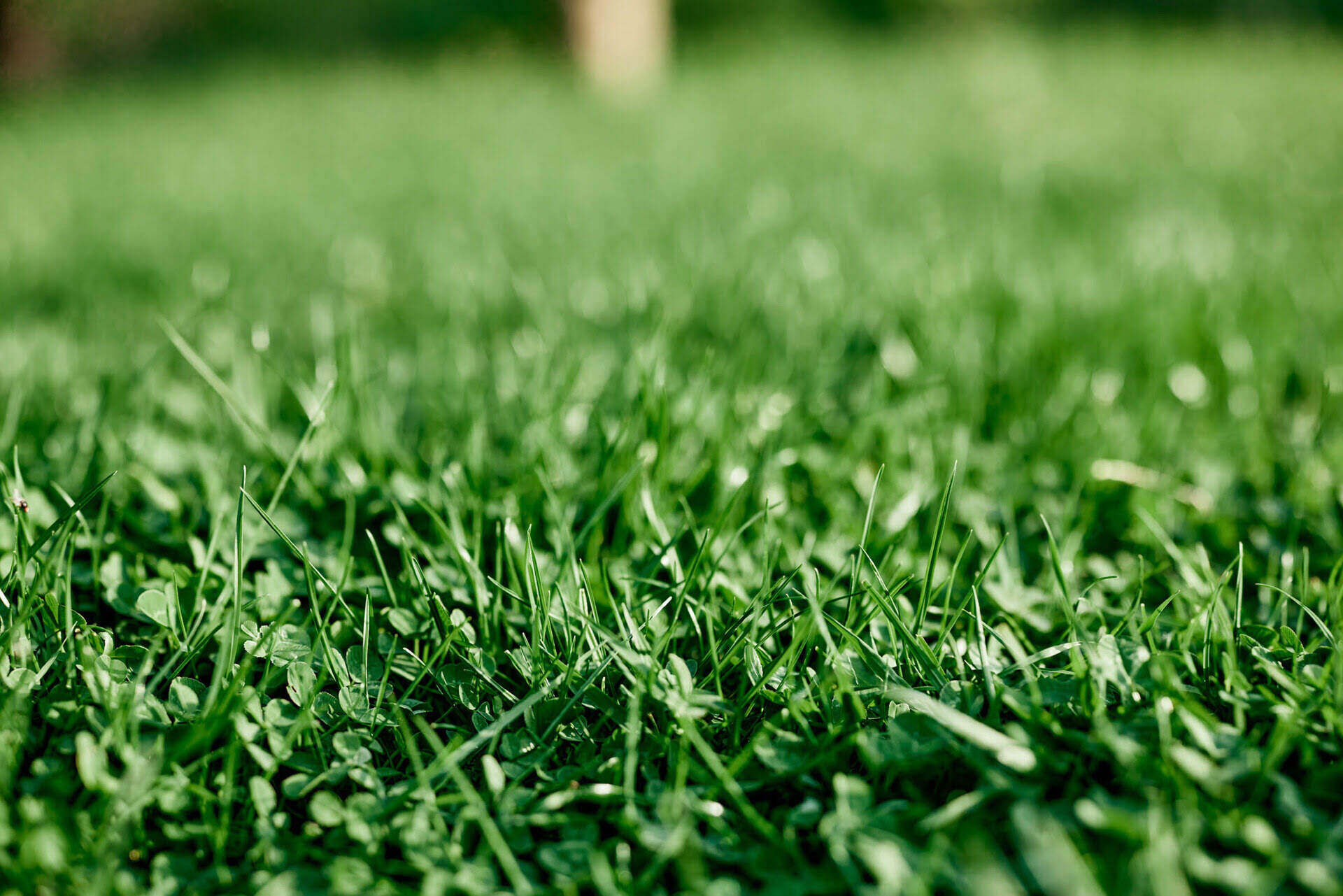
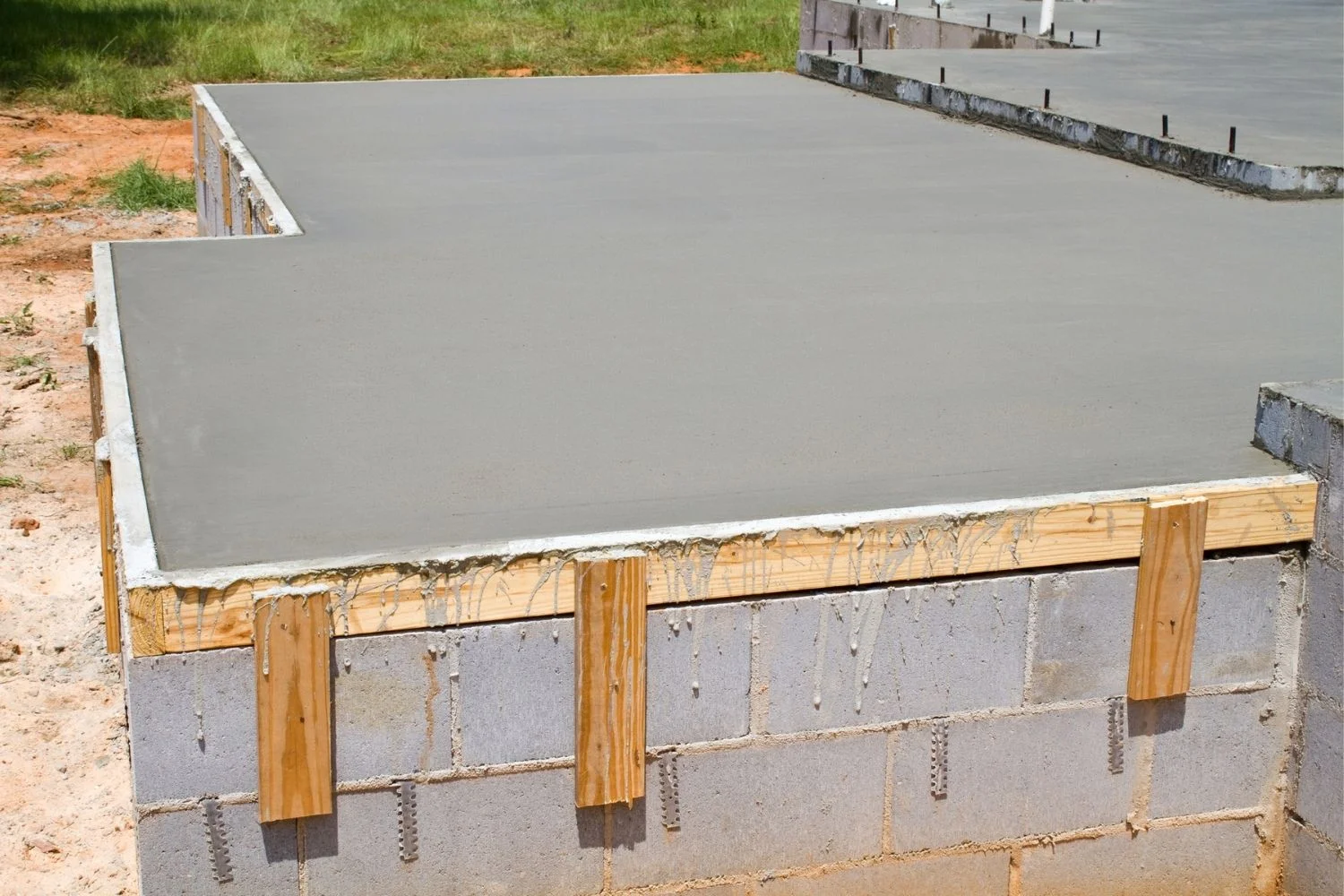
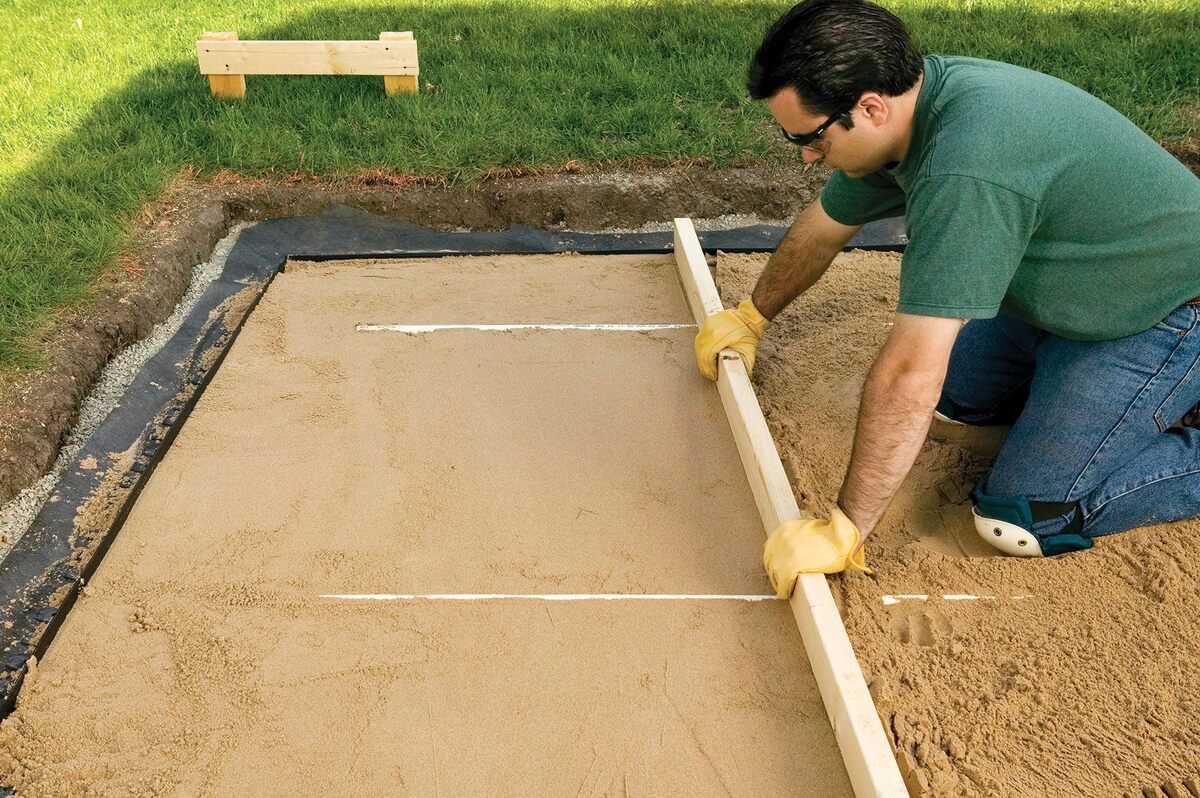
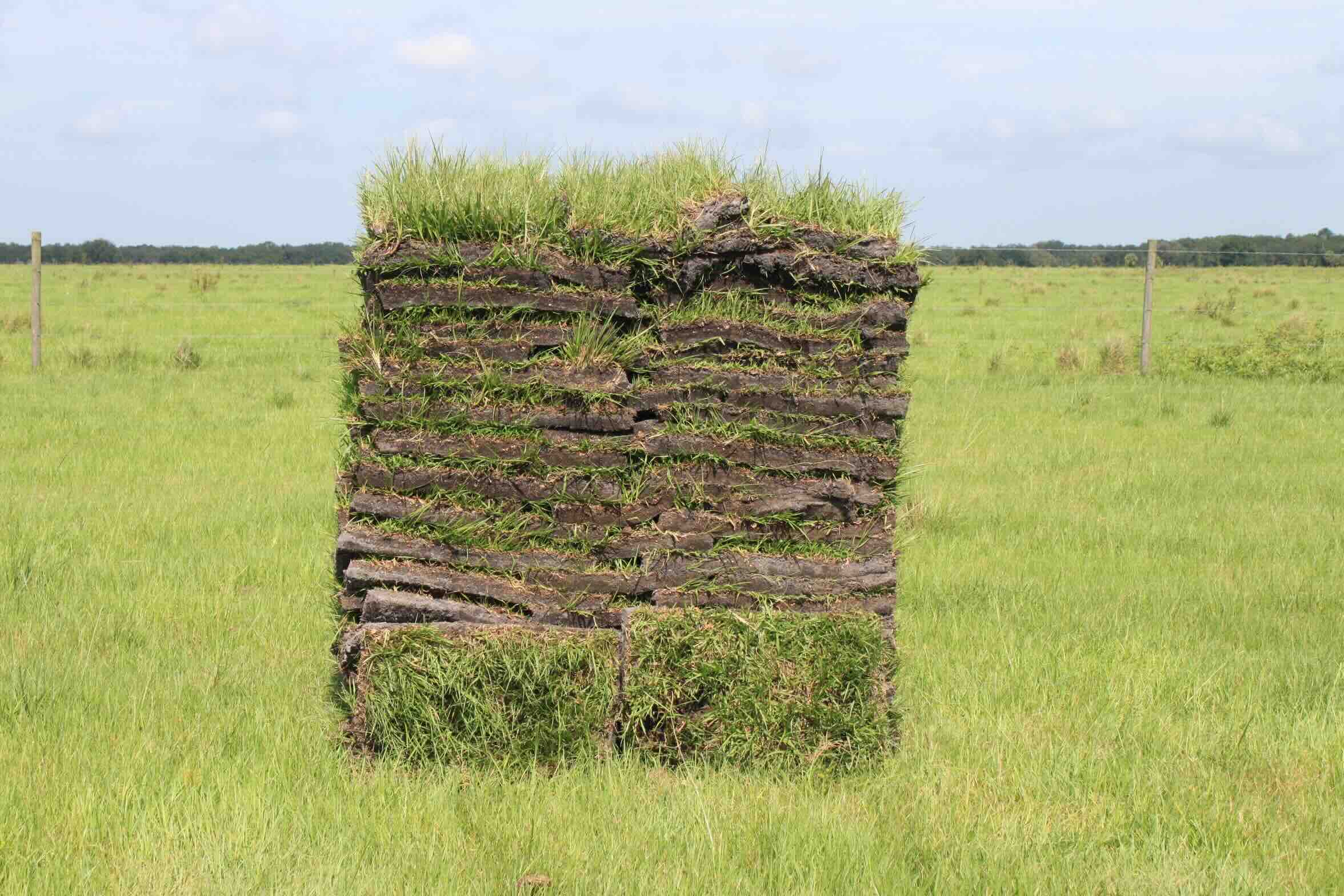
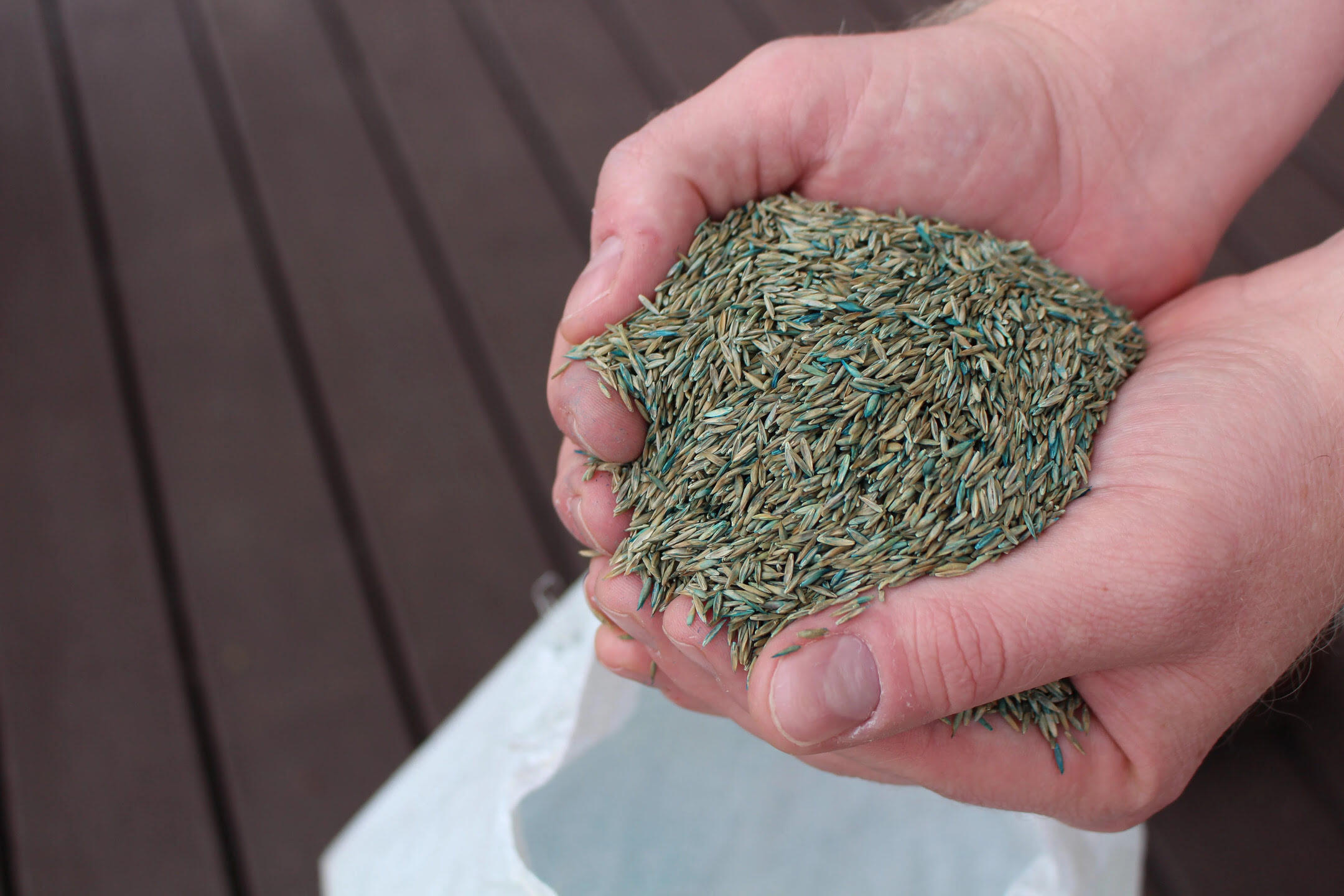


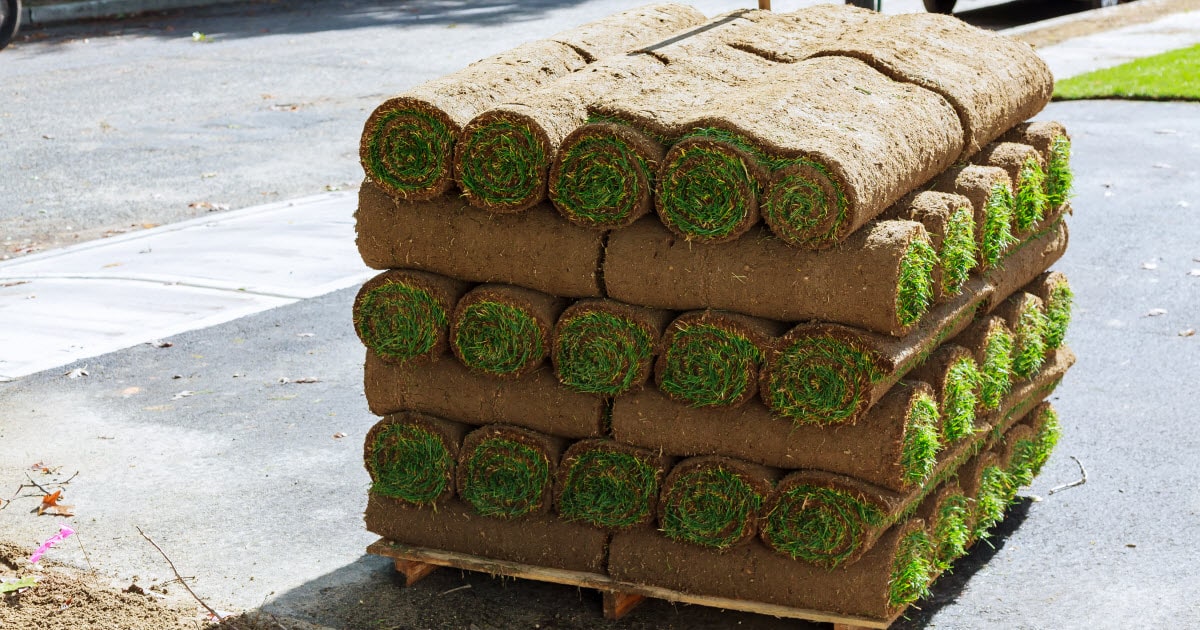
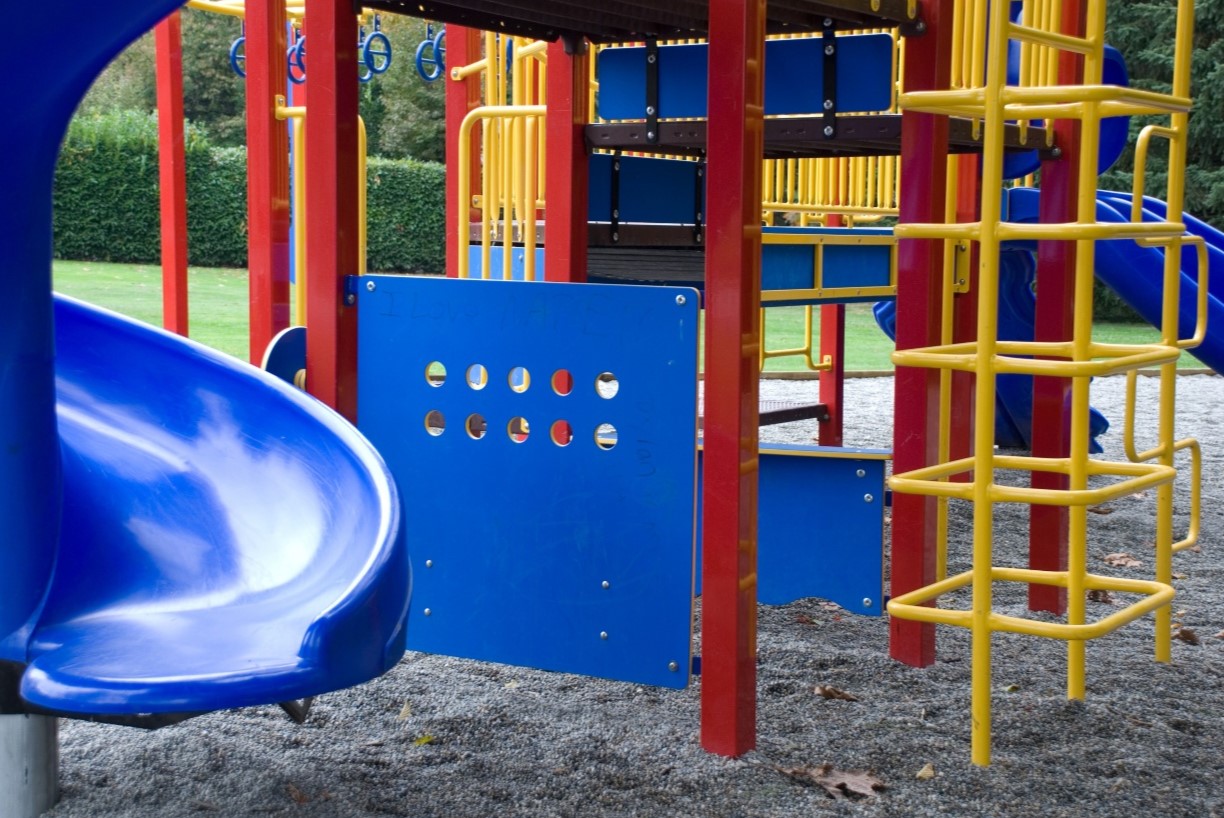


0 thoughts on “How Much Grass Seed Do I Need For 1,000 Square Feet”